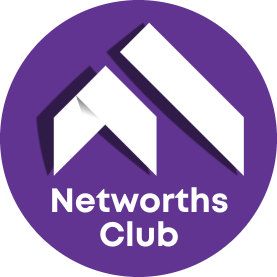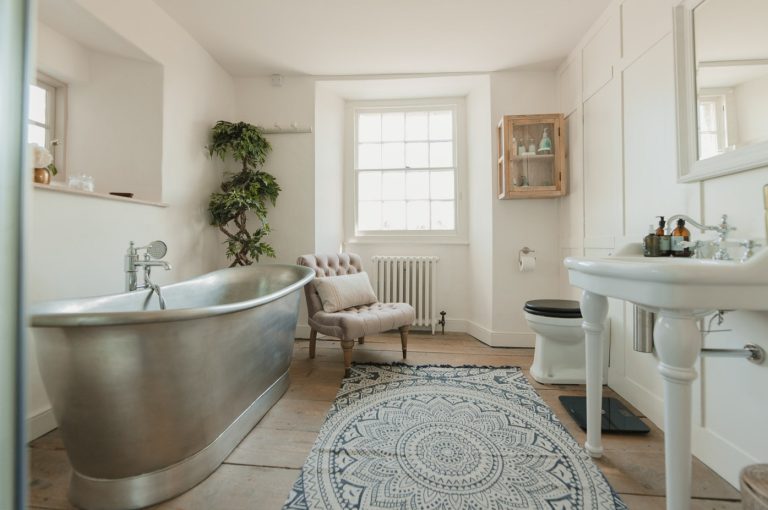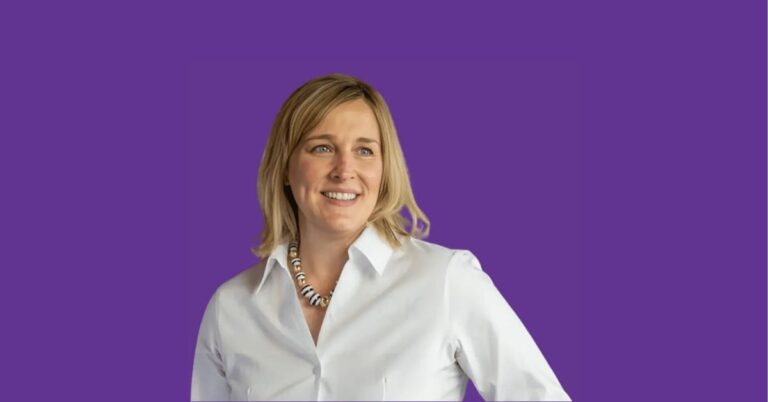Stop Mold in Its Tracks: The Complete Guide From Detection to Remediation
Mold is sneaky. It can fester behind your walls, linger beneath your floors, and silently impact your health without you even realizing it’s there. Whether you’re dealing with a musty smell or visible spores creeping along your ceiling, mold should never be taken lightly. While some issues can seem manageable at first glance, what’s lurking behind the surface is often far worse. The journey from detecting mold to removing it entirely isn’t just about getting rid of stains, it’s about protecting your property and the people who live or work in it.
That’s why understanding the full process of mold management, starting with inspection and ending with prevention, is so critical. And if you need professionals who can help you get ahead of the issue before it spirals out of control, don’t wait to contact quick-dry flood services of san diego, ca, for expert help.
Mold Loves Moisture, Here’s Why You Shouldn’t Ignore It
Before diving into the process of mold remediation, it’s worth understanding why mold becomes a problem in the first place. Mold spores are always present in the environment, but they need the right conditions to grow. All it takes is excess moisture, perhaps from a leaking pipe, roof damage, or poor ventilation, and those dormant spores spring to life.
Once mold sets in, it spreads quickly. Many property owners first detect it through smell, describing the odor as musty or earthy. Others may notice discoloration on walls or ceilings. Unfortunately, by the time it’s visible or noticeable, it often means the problem is more extensive than it appears on the surface.
The Role of Inspection: Knowing the Enemy Is Half the Battle
Inspection is the critical first step in dealing with mold. Without an accurate assessment, any cleanup attempt could be incomplete or, worse, make the problem worse by disturbing spores and allowing them to spread.
Trained inspectors don’t just rely on what they can see. They use specialized equipment like infrared cameras, moisture meters, and air sampling devices to detect mold hiding in walls, behind baseboards, and under flooring. The goal is to uncover every source of moisture and pinpoint exactly where mold is growing.
Working with an InterNACHI-certified team means you’re getting experts who follow industry-best practices for mold detection and environmental safety. These professionals are trained to identify problem areas others might miss and provide a clear, actionable report.
Health Risks of Mold Exposure: It’s Not Just About Aesthetics
While mold can certainly make a property look bad, the bigger concern is how it affects your health. Not all molds are toxic, but many can trigger allergic reactions or worsen respiratory conditions. Individuals with asthma, immune deficiencies, or sensitivities may suffer from symptoms like coughing, sneezing, skin rashes, headaches, or eye irritation.
In more serious cases, especially with prolonged exposure, certain mold types like Stachybotrys chartarum (black mold) have been associated with more severe health complications. That’s why professional removal isn’t just a cosmetic fix, it’s a necessary intervention to restore a safe living or working environment.
Containment and Cleanup: The Science of Safe Remediation
Once the scope of the mold problem is identified, remediation begins. But this isn’t a matter of just scrubbing the area with bleach and calling it a day. Effective remediation follows a precise and methodical approach to remove all mold without releasing spores into uncontaminated areas.
Professionals begin by isolating affected zones using physical barriers and negative air pressure systems. This ensures airborne spores don’t drift into other rooms during the process. HEPA air filters are used to trap microscopic particles during cleanup.
Contaminated materials like drywall, insulation, and carpeting are usually removed, especially if the mold has penetrated deep into porous surfaces. Surfaces that can be saved are thoroughly cleaned with antimicrobial treatments, then dried using high-capacity dehumidifiers and air movers.
Post-Remediation Checks and Long-Term Prevention
Finishing the cleanup doesn’t mean the job is done. A critical final step is post-remediation verification. Inspectors return to reassess the property, testing the air and checking all formerly affected areas to ensure that the mold hasn’t returned and that the moisture issue has been resolved.
Equally important is implementing preventive strategies. This often means repairing any plumbing leaks, improving ventilation in bathrooms and kitchens, installing exhaust fans or dehumidifiers, and even redesigning certain spaces to promote better airflow.
Education also plays a big role. Property owners should be made aware of early signs to look for and encouraged to schedule regular inspections, especially after major water events, like floods or plumbing emergencies.
Don’t Let Mold Take Over
Mold doesn’t just compromise your property, it affects your quality of life. Waiting too long to deal with it increases the damage, expense, and risks involved. That’s why proactive mold inspection and thorough remediation should be treated with the same urgency as any other home or business emergency.







